5 Ways Wooden Toys Support Child Development
The addition of certain wooden toys to a child’s toy box will never be regretted. They come in many forms and colours. They share a commonality of timeless simplicity, as well as a beauty that comes from being crafted from a beautiful, natural material. Often, parents and grandparents can say that they enjoyed playing with the same kind of toy as a child. So, why have these toys been enjoyed from generation to generation, and remained as top sellers in any toy shop throughout the world?
The answer is simple – they aid child development in so many ways: fine and gross motor skills, creativity, social skills and a child’s understanding of the world can all be promoted by a repertoire of just a few educational wooden toys, often in a deeper manner than modern, plastic toys.
This post contains affiliate links, meaning I may receive a commission if you make a purchase using these links. As an Amazon Associate I earn from qualifying purchases.
1. Wooden Toys Encourage Imagination
While it is possible to buy wooden toys in specific forms, like vehicles, play food or animal shapes, many come in the simplest forms: classic wooden building blocks, sticks, or shapes for example. These simple toys can be used for a multitude of purposes. In fact, children need to actively channel their creativity and imagination to find uses for them. Building games, shape and colour sorting, pretend currency, or replacing household objects in role-play: all are amongst the many possibilities. In fact, the simple nature of these objects allow children’s play to move fluidly. The object’s purpose can also be changed or re-purposed as the game progresses, without the need to stop play to find another object.
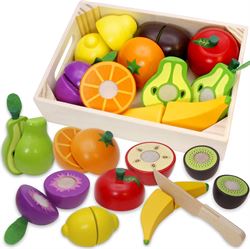
2. Creativity
Unlike their plastic counterparts, wooden toys rarely come with the capacity to light up, sing songs or supply voices. This means a child playing with a wooden toy is in complete control of their game; they themselves provide all the sound effects and voices necessary. This is perfect for stimulating imagination and promoting creativity, and is an important part of self-directed learning which is so crucial to a young child’s development. You will have no doubt seen young children simulating the train’s whistle while playing with their track set, or narrating a story with their wooden doll house characters.
While there is no denying that often children are attracted to the kind of toys that repeat the voice of their favourite television character or have a multitude of flashing lights, the imaginary possibilities are far more limited with these types of toys. When some of the play is provided for them in sound effects or voices, there are fewer directions they can take with their play.
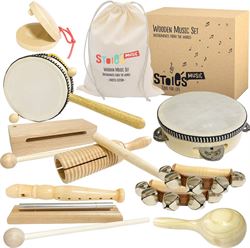
3. Interaction
Children crave interaction. Some plastic toys provide this through voices and music at the touch of a button. Often this means that a child plays alone with this toy. More simplistic wooden toys, however, don’t provide this same immediate stimulation so children are more likely to naturally seek out other children to play alongside while using the toy. This is, of course, preferable since there are opportunities to develop social skills while a shared game is created using a wooden toy.

4. Hand-Eye Coordination Development
The fact that wooden toys tend to be larger and heavier is a positive for a child’s development. The extra weight and more awkward shapes help their fine motor skills as they seek to build and balance wooden blocks, in a way that light plastic blocks that fit nicely together would not. As your child gets older, their fine motor skills can be furthered by threading wooden beads, fitting the pieces of beautiful wooden puzzle together, and using carpenter benches for hammering, twisting and screwing.
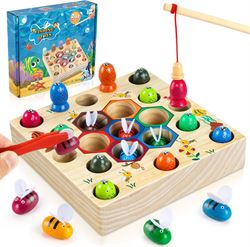
5. Wooden Toys Are Safe and Sturdy
Wooden toys are durable, safe and easy to keep clean. We all know how much wear and tear a toy needs to be able to take in the hands of a young child. Wooden toys consistently outlast their plastic equivalent. Since they are solidly made from a hard-wearing material, they are pretty tough to damage beyond a scratch here and there, unlike brittle plastic. Their clean lines and simple shapes mean they can be kept hygienic too. The sturdy nature of toys such as wooden baby walkers or pull toys, mean they are also perfectly designed to aid the development of a child’s gross motor skills too.
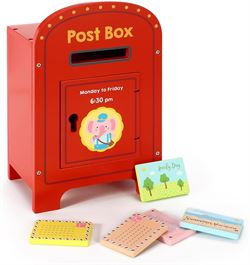
Do you think wooden toys help support child development?
Do you own any wooden toys? Which one are your favourite? Let us know your thoughts in the comments below or on social media using the #imagineforest.
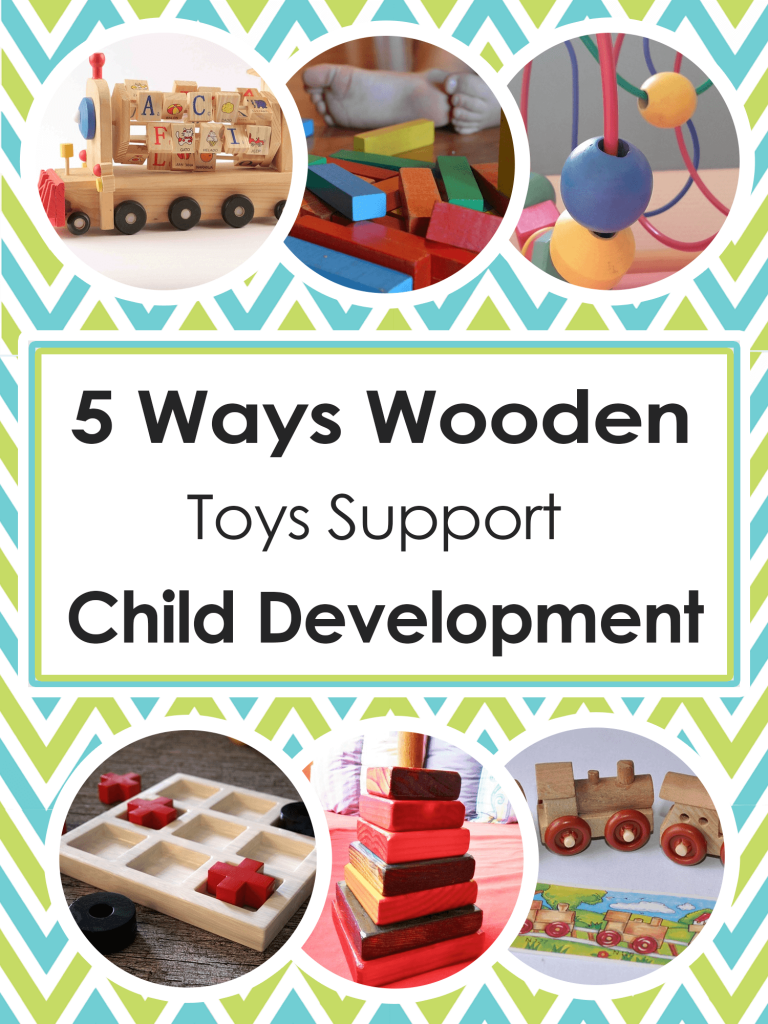
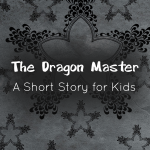

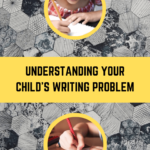

Comments loading...